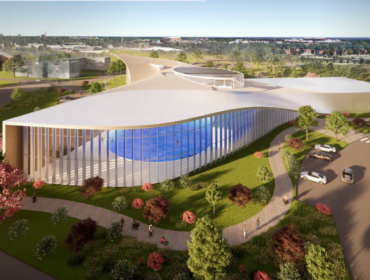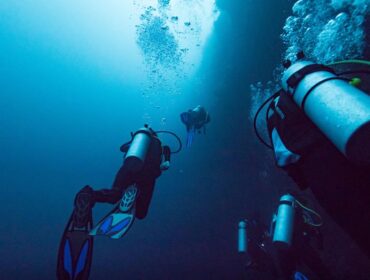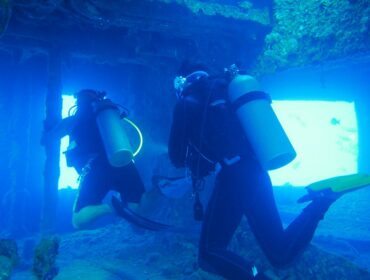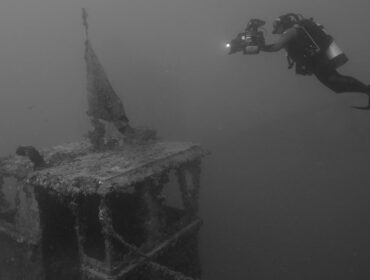The Riviera Maya is a gorgeous stretch of beaches in the state of Quintana Roo, Mexico. It starts south of Cancún, and goes down the east coast of the Yucatan Peninsula to the lovely town of Tulúm. A barrier reef runs along the coastline sheltering a great variety of ocean life. Diving in the Riviera Maya, you can see anemones, barracudas, brain coral, crabs, dolphins, eagle rays, groupers, moray eels, sharks, huge sponges, turtles and many brightly colored tropical fish.
Cozumel
Cozumel was a sleepy little island with a fishing town and a few scattered Mayan ruins until Jacques Cousteau let the world in on their beautiful secret, and a dive destination was born. Just 12 miles off the coast of Playa del Carmen with miles of offshore coral reefs, it has the best ocean diving in the Riviera Maya. You can fly directly into Cozumel, or you can take the 45 minute ferry from Playa del Carmen. World class diving is found on the western side of the island, with some of the more famous sites like Punta Sur, Palancar Gardens, Santa Rosa Wall, Columbia Shallows. You’ll find the waters crystal clear at any time of year with visibility to 30 meters or more, and a spring suit.
Cenotes
If you’ve always been an ocean diver but long for something different on your next dive vacation, cenote diving will open your eyes to a whole new world. The Yucatan Peninsula is comprised of limestone, which has been steadily eroding away for millenia, creating passageways that lead to natural caverns and underground rivers. The Riviera Maya is dotted with cenotes throughout, not all of which are safe to explore, but a nice selection of cenotes have been opened to the public and are visited regularly by guides, tourists, students, and instructors. Swimming through a natural cavern or under the roots of mangroves is unlike any ocean dive you’ve ever been on, and is a dive opportunity that shouldn’t be missed!
MUSA
The Cancun Underwater Museum, or MUSA (Museo Subaquatico del Arte) is a collection of sculptures designed and placed by SCUBA diver and sculptor Jason de Caires Taylor. Each sculpture is cast from an actual person or object, lending an eerie effect to the installation as you make your way around the site. A pH-neutral marine concrete was used to minimize the ecological impact as well as promote the growth of coral, sponges, and other marine organisms on every available surface. A total of 400 sculptures lay in wait to be ogled by divers, snorkelers, and glass-bottom boat tourists, making MUSA one of the best destinations for diving in the Riviera Maya!




